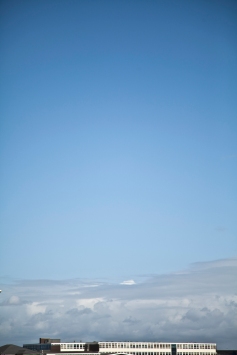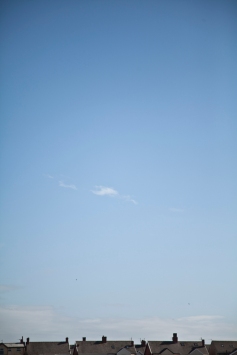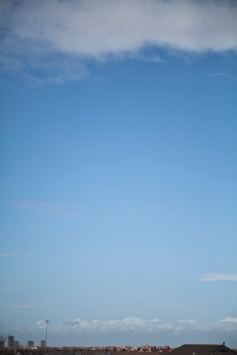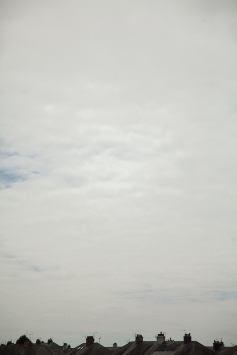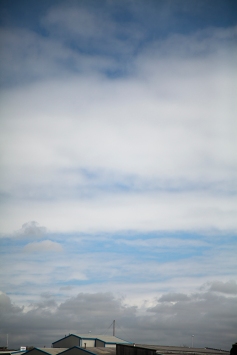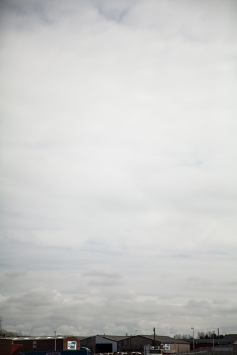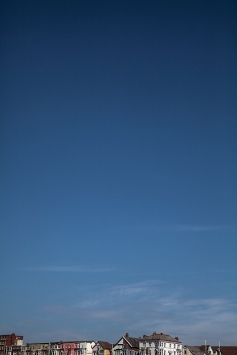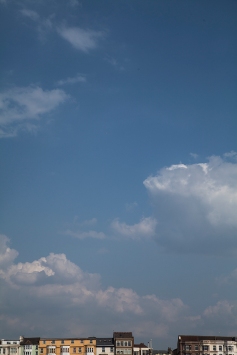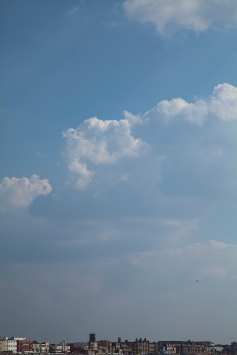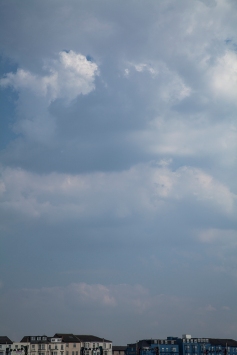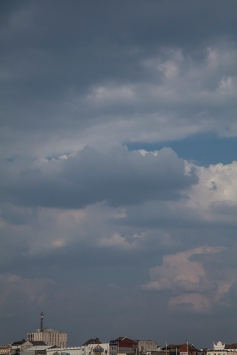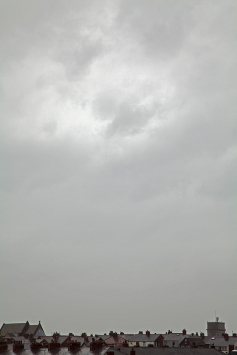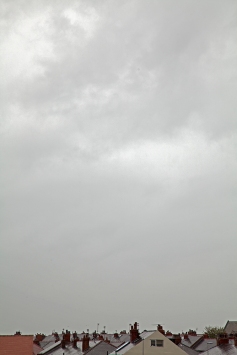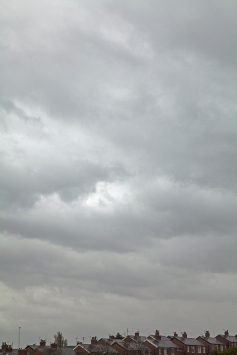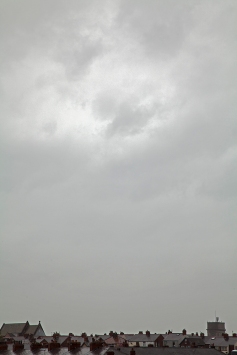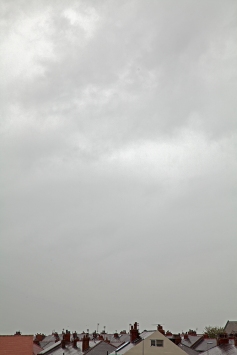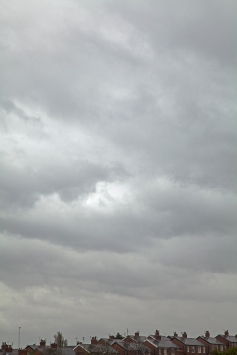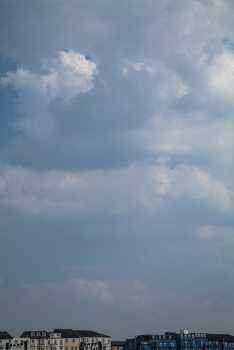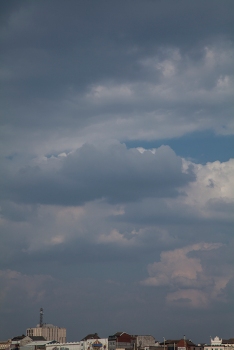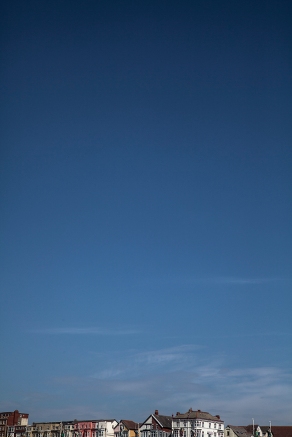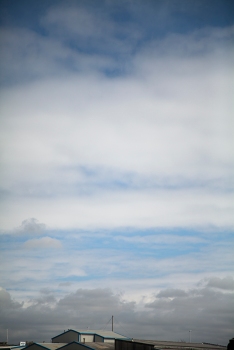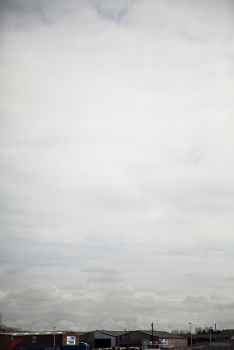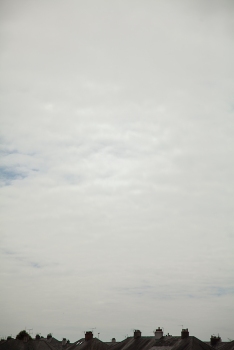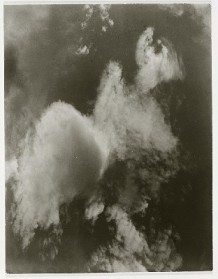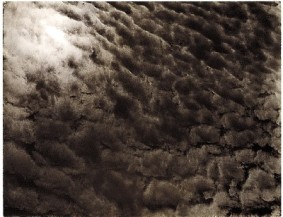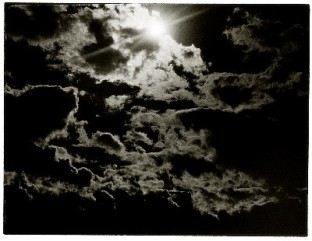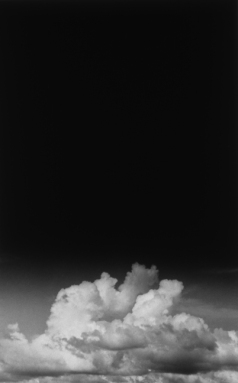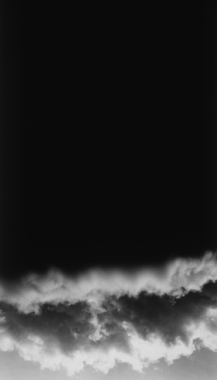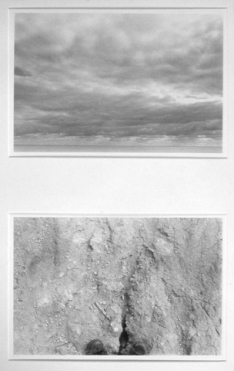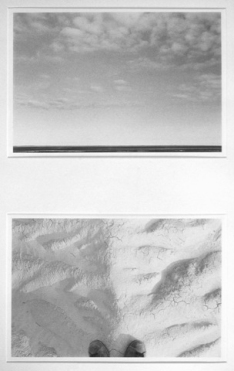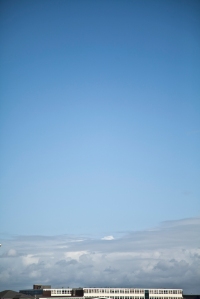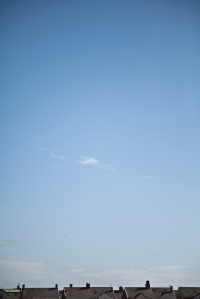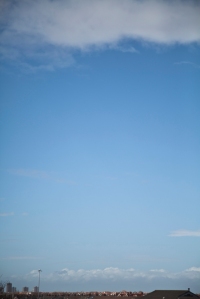Conclusion
This project has certainly been challenging and has required a large amount of problem solving throughout. This is in part due to my initial decision to use moving image for the project, something that I had no experience of using. Therefore, it was a fairly steep learning curve for me when I began the project which definitely slowed down my progress. Having said that, I still maintain that the project would work in the form of moving image.
The time came when I had to admit that there just wasn’t the time for me to successfully complete the project in its current state, making the switch to still image a necessity. I don’t regret the change as still image successfully conveys my idea, although due to the lack of movement it means that my original aim of showing the constant change of nature is no longer present in the work. The sense of scale, however, is still very much present, if not more so than in the video clips I created. This is mostly due to the portrait style that I have used with my images, something that wasn’t possible when using moving image.
Whilst I am generally happy with the way the project has gone, there are some areas that I’m not happy with. When I first started the project, I wanted to capture a wide variety of clouds and skies in my work, to show the diversity of the sky, and by extension, nature. Because of my switch to still image happening fairly late in my projects life with little time remaining, it was always going to be difficult to get the variety of skies I wanted in such a short space of time. On top of that, I was unfortunate with the weather which didn’t give me the variety I was after.
Another area I feel that I could have improved on, was realising just how time consuming working with moving image would be. I feel that I underestimated how challenging I would find it. Had I have realised this sooner I could potentially have had better results with my still images, as I would have had longer to work on them. Whilst I am generally pleased with the images I have come up with, I am well aware that a wider variety of images from different times of the year and in different locations, would enhance the project further.
This is certainly a project that I can see developing further in the future, either by continuing with the still image approach or having another crack at presenting it in the form of moving image. Overall, I am pleased with the way the project has gone, despite the challenges it has thrown at me along the way, and I have enjoyed working on the project.
